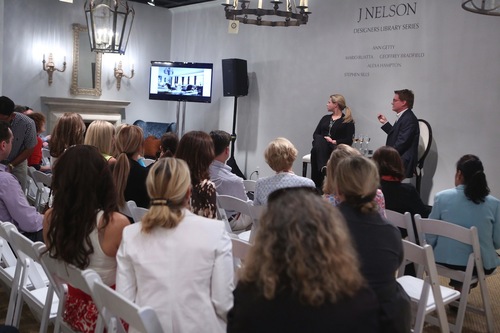
Welcome to Chapter Seven of our ‘Design Versus’ series and part one of three of our ‘Office Furniture Market Trends’ mini-series.
In this chapter and three-part mini-series, we take a look at evolving market trends in the office furniture industry and the right way to react to them. There are too many people trying to predict what the future office will look like – even in our earlier chapter ‘Design Versus ….the Future Office’ took a jab at the concept! Is it just a popular tagline? Maybe, but the implications are too serious to avoid.
In our earlier chapter we mentioned that we need to use the resources we have today to plan for the best utilization of space, connected directly with total cost of ownership over total cost of acquisition. That means if your company has a track record of large employee churn and expansion, then with the right forecasting and analysis it makes more sense to purchase reconfigurable walls and benches than static ones (which can cost a fortune to reconfigure even two months down the road).
Given the chance that anything can happen, maybe the company hits a plateau and there is no foreseeable growth; was the reconfigurable walls a bad idea? Not at all! Because you purchased assets that still have value to them. They are 100% re-usable, which means they retain their value unlike conventional construction; which is permanent to its residence. When you take into account every factor that will affect the value or cost of the goods purchased, is the definition of total cost of ownership.
In the earlier chapter ‘Design Versus …the Future Office’ we focused on total cost of ownership rather than ‘predicting the future.’ Instead of using old product and methods that may or may not retain any significant value, we encouraged using the newly developed products and current research to determine how to obtain the best possible value for any given situation as well as having value to be resold or reused in the future.
“What works today may still work tomorrow, but what if the cost of walls and private offices backfire and cost a significant amount of capital a few years down the road? It may seem like a great idea at the time, but available space needs to be optimized and planned in case of an unlikely influx of employees, or a major shift in corporate structure.” – Chapter Three, Design Versus.
Optimize and plan available space, not because you’re trying to predict the future, but because you’re trying to address the present in the most efficient way possible.
Источник:


